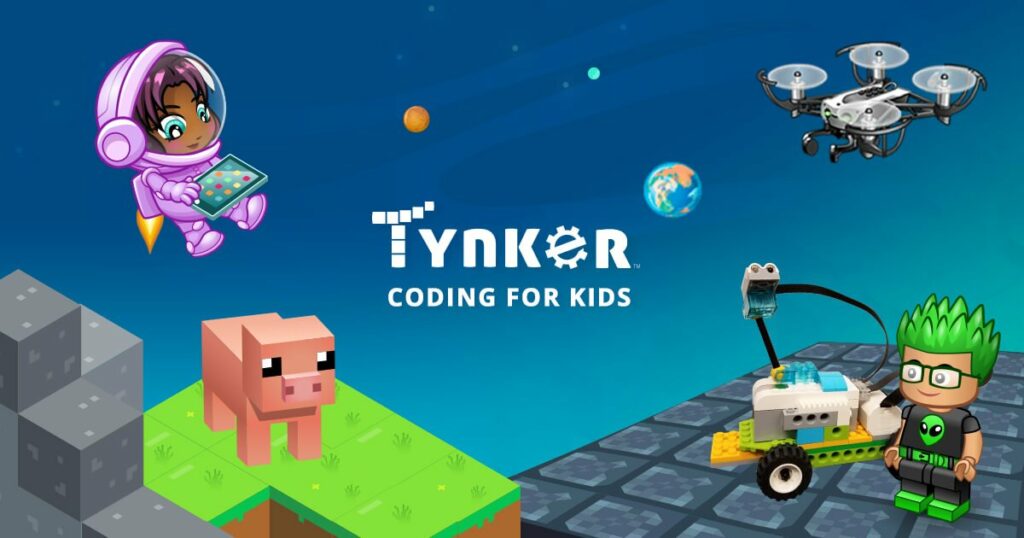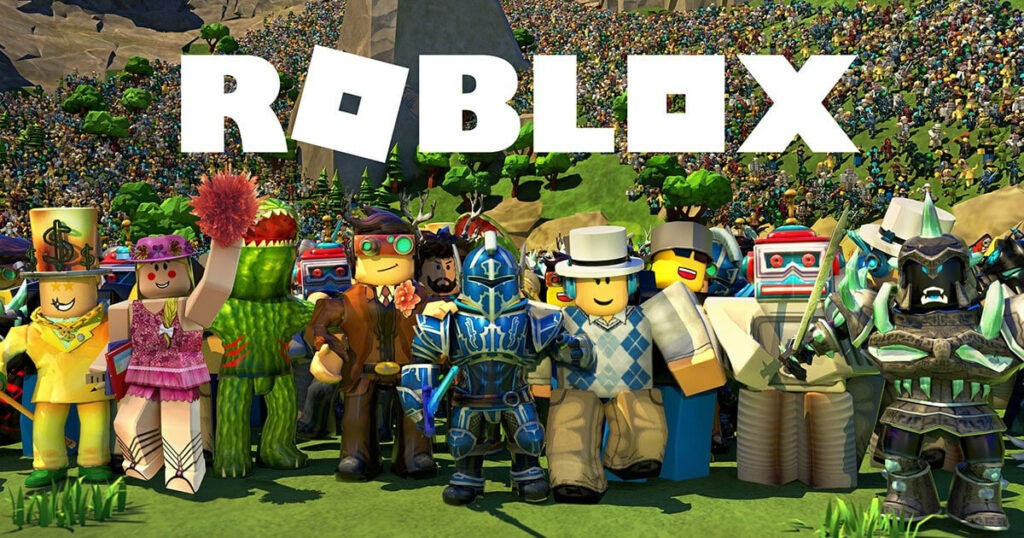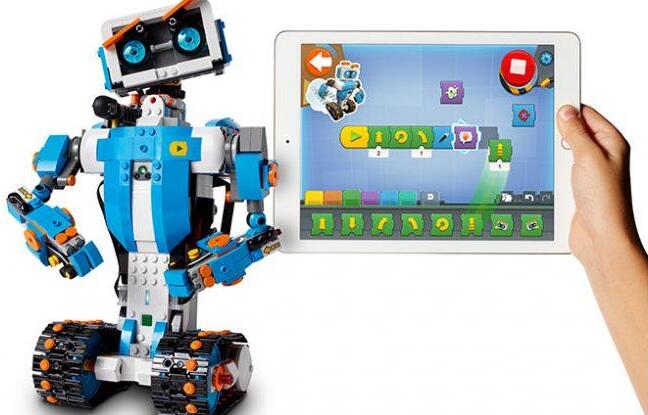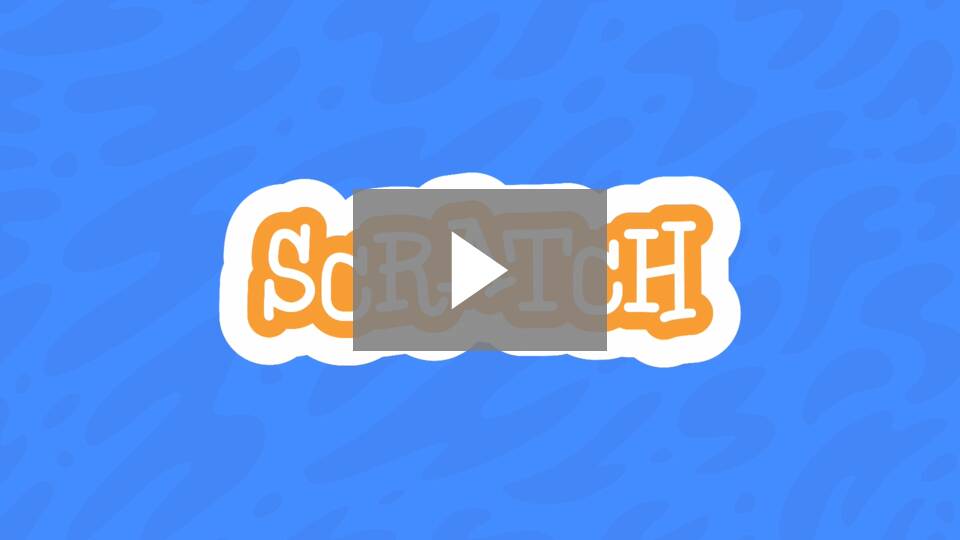In recent years, the educational offer of preschools and primary schools has been enriched with coding courses. The objective of these courses is to develop computational thinking in the child, that is, the ability to define the right mental processes to arrive at the formulation and solution of a problem.
Computational thinking, which is the foundation of any software solution and more in today’s world, is broken down by mathematician Seymour Papert into three stages:
- abstraction: the formulation of the problem
- automation: the expression of the solution
- analysis: the execution and evaluation of the solution
But what is it really all about? Coding courses are mainly structured as a series of games, exercises and small activities that must be solved by manipulating blocks of information. Each block represents an instruction. In this way, children begin to take their first steps in structuring a program and learning some programming languages.
In this article we are going to see which are the most used online platforms to start programming. We’ll also give you some suggestions on some books and games that can help your kids get familiar with programming (and even let you have fun with them!).
Coding: why teach it?
Before explaining the platforms with which you can learn, we must dwell on the importance of coding for the younger generation.
The first reason is that with coding, kids better understand the world around them. Nowadays we are surrounded by a lot of technological objects of which we are more and more users. Understanding how the technologies we use every day were developed helps us to use them better, but also to create new ones. If you learn to program, you can develop apps, video games, websites, and more!
For many developers, but also for kids starting out with coding, programming is fun and rewarding because it always poses new challenges and rewards us when the code “comes to life”.
Coding courses also enhance kids’ creativity. Many platforms are based on creating video games that can then also be published. One of the most famous examples is Roblox which contains a lot of games developed by kids between 9 and 14 years old.
Through coding, children also begin to tackle sometimes very complex problems. As engineers are taught, the problem is broken down into smaller, simpler problems (divide and conquer) through logical and computational thinking.
Perseverance is also improved by coding courses. In fact, every task is a challenge that will need to be faced and will most likely lead us to make mistakes. Learning to solve them without getting down at the first difficulty is a lesson that programming brings with it.
Finally, coding improves collaboration among kids. Many activities are done in collaboration with their peers and the result is then shared to the community. In addition to Roblox, another collaboration-oriented example is Minecraft.
Coding platforms
There are several online platforms for coding. Many of them are free, but some features might be paid for. Let’s take a look at the most popular ones below.
Code.org
Among the most important we can not fail to mention Code.org. The project is very ambitious and involves the most important global companies including Google, Microsoft, Facebook, Amazon and Blizzard.
Launched in 2013 by brothers Hadi and Ali Partovi with the video you see below, the project has become a nonprofit organization dedicated to expanding access to computer science education and the participation of women and underrepresented minorities.
There are several courses available and totally free that are built around the age of the child. They start from those for preschoolers (from 4 years old) to those for high school kids (14 years old and up).
In principle, the lessons of coding courses are based on taking the protagonist out of a maze, using code blocks appropriately and paying attention to enemies and pitfalls.
The settings are very interesting for kids since they take, for example, the worlds of Minecraft, Star Wars and Angry Birds.
Scratch
is the platform developed by MIT (Massachusetts Institute of Technology) in Boston. You can program interactive stories, games and animations, but above all share your creations with other members of the community.
As with Core.org, the platform is provided free of charge and is managed by a non-profit organization. There are plenty of resources for both kids and educators and parents. Through project sharing, you can find ideas for creating new courses or just learn while having fun!
For children from 5 to 7 years old there is also a simplified version of the interface: ScratchJr.
Tynker
Another platform very similar to the previous ones is Tynker. Also in this case it is possible to create games and programs. One of the great advantages is the integration with the Minecraft world and other worlds including Barbie and Hot Wheels.
Unfortunately, the courses and materials are in English. So for those who are not native English speakers are not very accessible.

Roblox
Finally, we can’t mention Roblox. Unlike the other platforms, this one is more geared towards kids 14 and up, but there’s no denying its success especially in recent years. Many youtubers challenge themselves in the escape rooms or parkour courses that the various worlds available offer.
It is designed for beginners: you don’t need to use Photoshop or 3D modeling software to create scenarios and characters. Everything can be done with the free Roblox Studio software, available for Mac and PC. There is some documentation on the official website, but you can find online video tutorials to create your own video game.

Coding offline
However, Coding can also be taught through other tools than online platforms. In fact, the goal of coding courses is to teach computational thinking. This can be developed, especially in preschoolers, through games and interactive books.
One of the most used tools is the pixel art. In practice, through a scheme of instructions, you make drawings composed of many small squares.
There are also several books that offer activities based on pixel art, mazes and other games. As well as boxed games that offer games always oriented to the development of computational thinking. Below are some of them.
Over the years, a number of programmable robots have also been developed for children.
Some of the most popular include LEGO BOOST. This set from LEGO allows kids to create builds with motors and sensors and bring them to life through simple icon-based programming commands. Through the free tablet app, kids have step-by-step building instructions to create and program multifunctional models.



